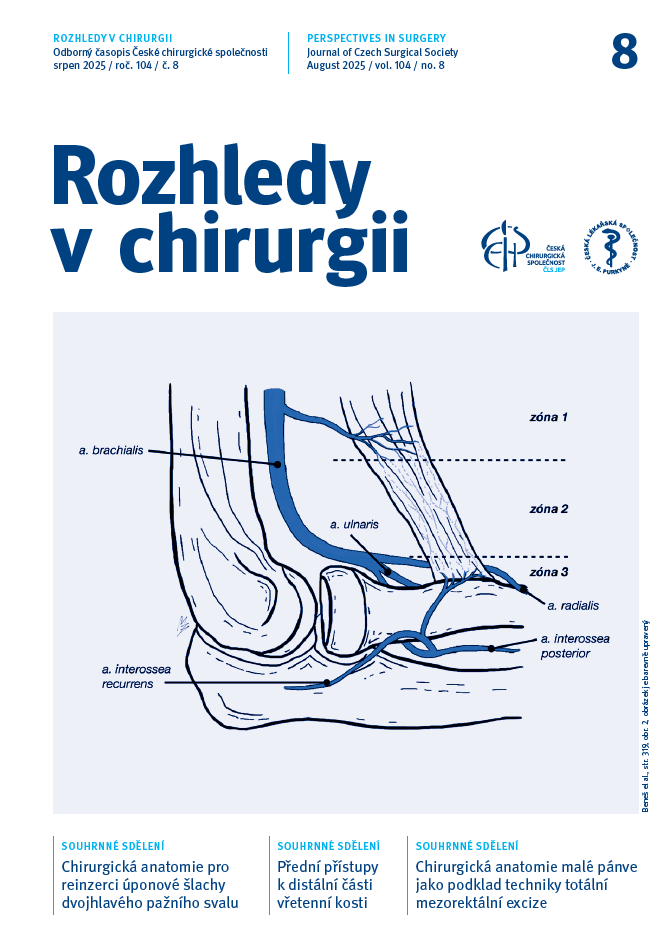Abstract
Anatomical terminology is a key tool for describing the human body. It uses Latin and Greek terms, with the second latest version, Terminologia Anatomica from 1998, being the officially recognized nomenclature version in our country. The development of the anatomical terminology has been long and complex, and challenges still persist. An eponym (a name derived from a person) is a commonly used linguistic tool; in anatomy, eponyms are practical due to their brevity, but they can be unclear to non-experts. This article discusses the use of eponyms in anatomy, which were completely excluded from the official anatomical nomenclature in 1955 (Parisiensia Nomina Anatomica), yet they continue to be used in clinical practice and anatomical literature. In some cases, eponyms have made their way into official nomenclature, such as Purkinje layer and cells or Schwann cells. However, this article primarily provides an overview of anatomical eponyms, their Latin equivalents, and basic information about the individuals behind the eponyms related to abdominal and pelvic structures, particularly the body surface, organ projection, abdominal wall structure, fasciae, peritoneal cavity and its recesses and folds.
doi: 10.48095/ccrvch2025355


